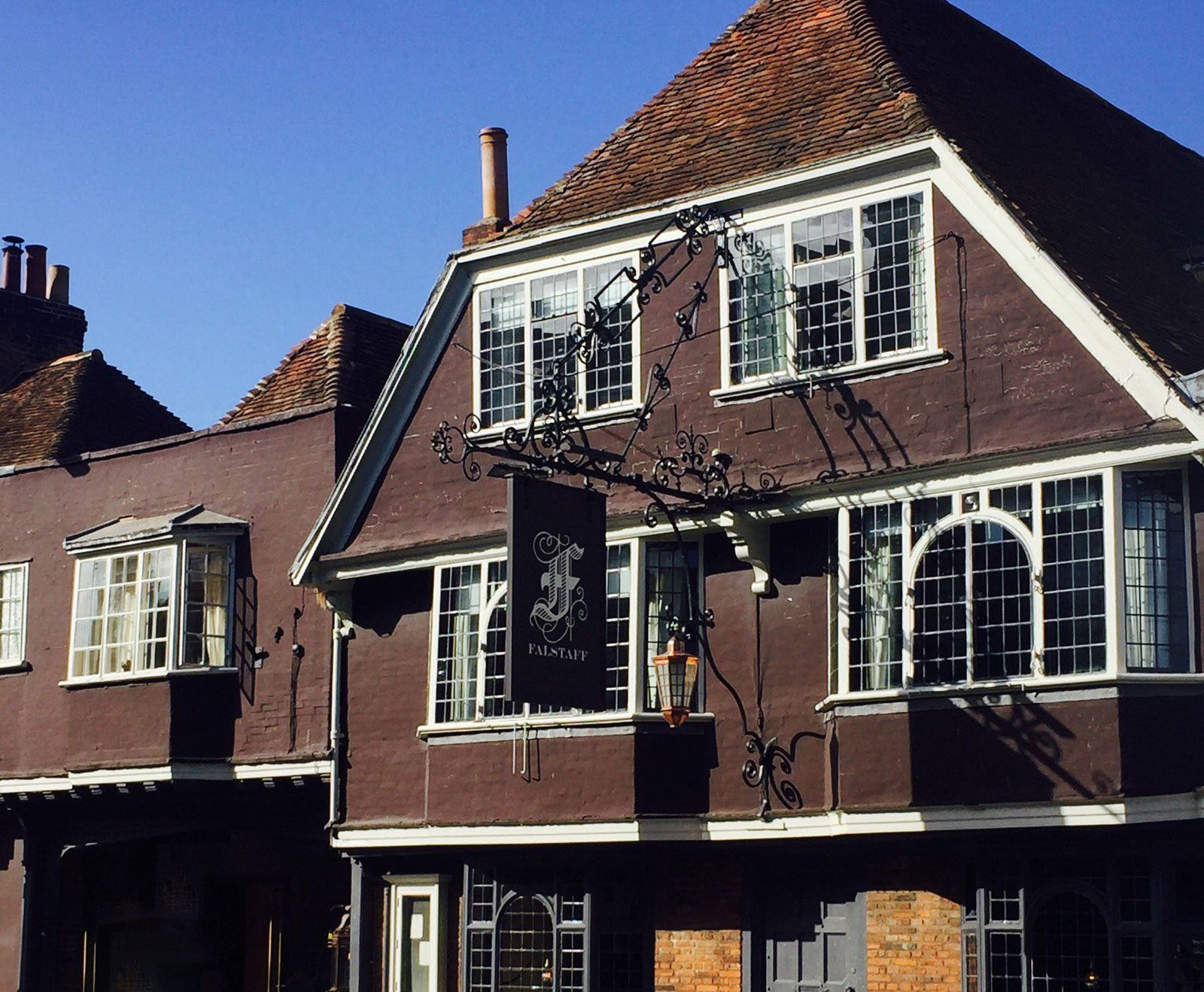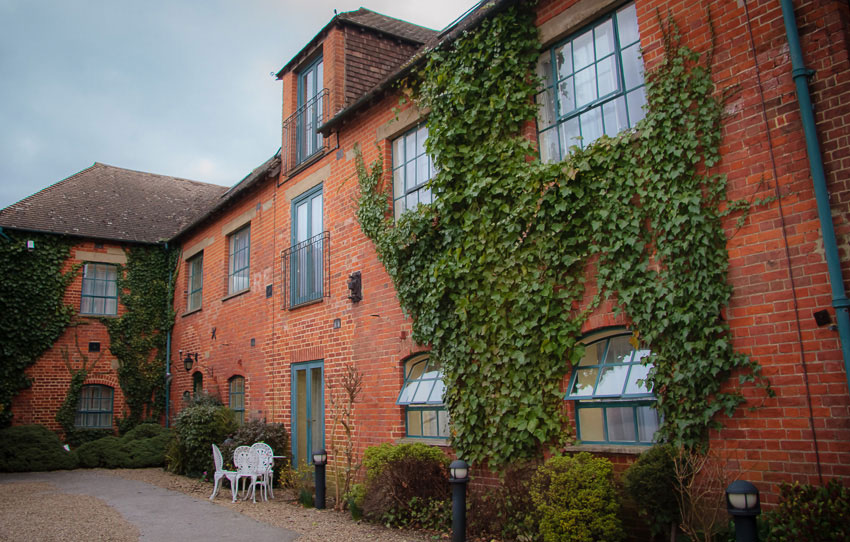The 16th century accounts of the church wardens of the Holy Cross in Canterbury mention 22 inns where vestry meetings were held. These include references to the White Hart, the early name of the Falstaff in Canterbury.
The Inn stands close to Canterbury’s Westgate, which was built by Archbishop Simon Sudbury in 1380 to replace a crumbling structure erected on the site in 1023. It was at this gate in 1067 that William the Conqueror stopped on his way from London to Normandy to confirm the ancient law and privileges of the men of Kent.


